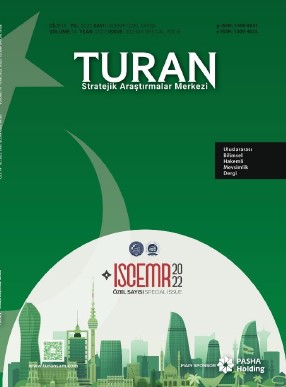НЕКОТОРЫЕ ОСОБЕННОСТИ БАНКОВСКИХ КРИЗИСОВ В РАЗВИВАЮЩИХСЯ СТРАНАХ
FEATURES OF BANKING CRISES IN DEVELOPING COUNTRIES
Author(s): Nigar GULİYEVASubject(s): National Economy, Business Economy / Management, Developing nations, Financial Markets
Published by: Sage Yayınları
Keywords: developing countries; banking crisis; banking crises in developing countries;
Summary/Abstract: The modern world is characterized by a high level of interdependence between developed and developing countries. Accordingly, the importance of developing economies is also growing in the problems of banking crises. Since the 1980s, banking crises in developing countries have become much more severe than in industrialized countries. Banking crises in developing countries generate very serious negative externalities for the rest of the economies of these countries. For example, significant fiscal costs, a reduction in the scale of bank lending, a drop in the availability of bank loans, their rise in price, deterioration in the quality of financial intermediation, and difficulties for monetary policy. Research by numerous authors shows that banking crises in developing countries most often occur at a time when a boom in bank lending collides with a slowdown in output growth. The latter is strongly correlated with the type of foreign investments made in the country and the type of obligations on them. In particular, foreign direct investment and liabilities on it reduce the likelihood of banking crises, and debt liabilities due to portfolio investment increase them. The already achieved level of incorporation of developing countries into the global economic palette makes it possible for developed countries to suffer serious damage from crises, including banking crises in developing countries.
Journal: TURAN-SAM
- Issue Year: 14/2022
- Issue No: Sp. Issue
- Page Range: 594-601
- Page Count: 8
- Language: Russian

